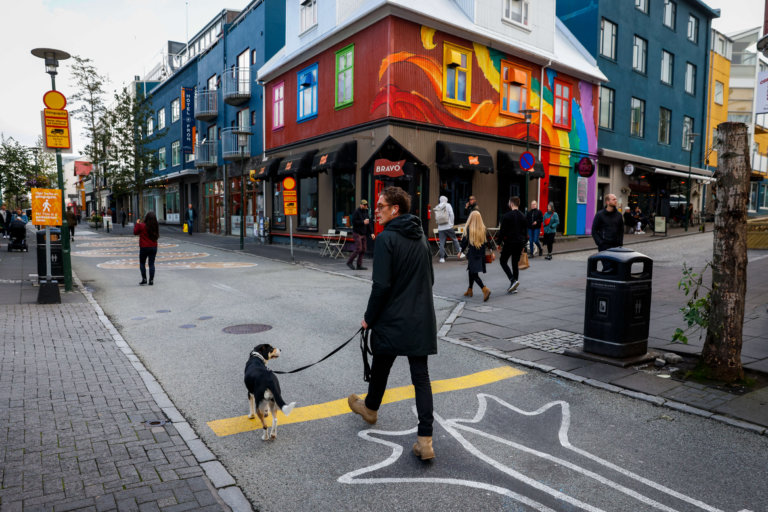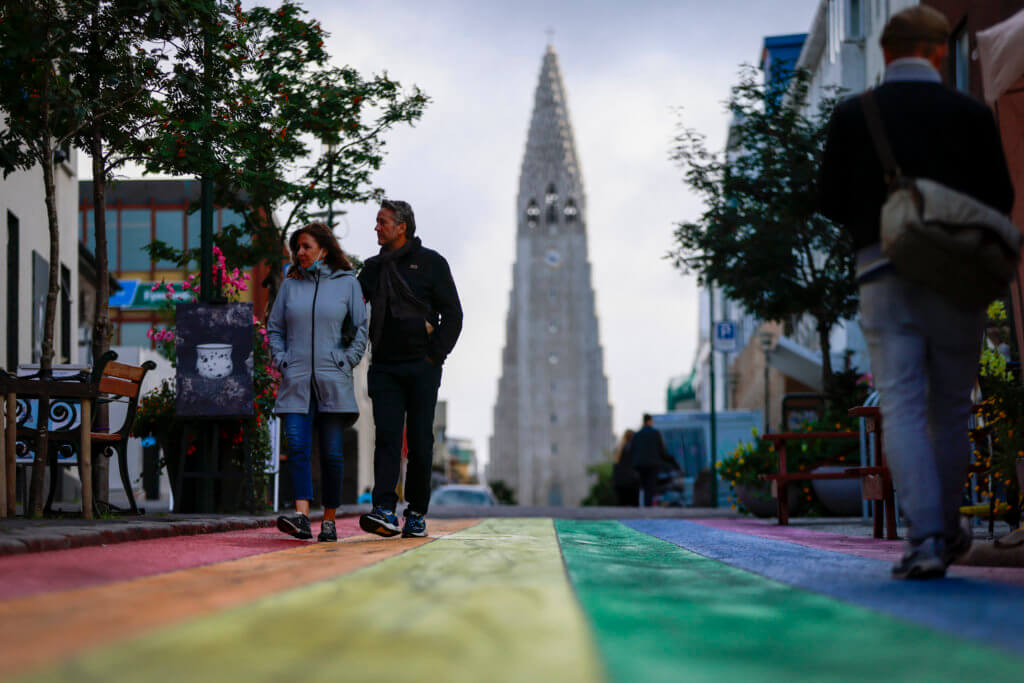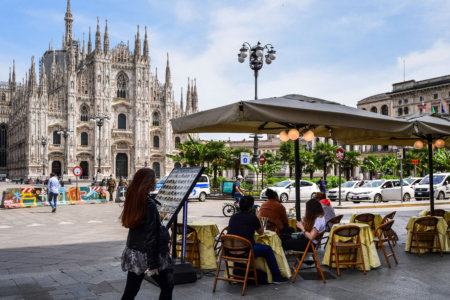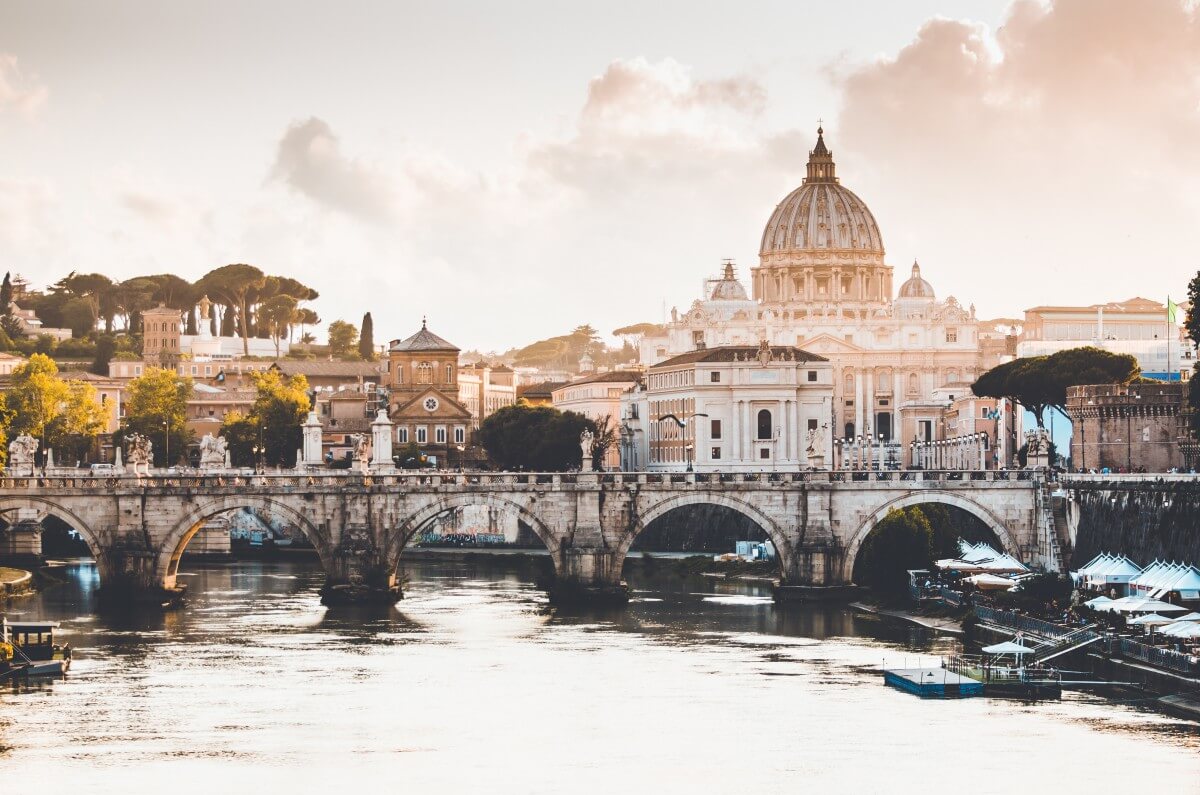
From its thousand-year-old parliament and threatened natural wonders to singer Bjork and the collapse of its banks in 2008. Here are five things you need to know about Iceland before the country’s parliamentary elections on Saturday — and if you plan to study in Iceland universities.
Iceland universities
Before go into the captivating elements of Iceland everyone who’s been there talks about — even the moss and fog can be like “landing on an alternate moon” — let’s talk about Iceland universities. There are seven Iceland universities — most of which are public. According to Study in Iceland, there are approximately 18,000 students — 5% come from abroad.

People watch as lava flows from the erupting Fagradalsfjall volcano some 40 km west of the Icelandic capital Reykjavik, on March 23, 2021. Source: Jeremie Richard/AFP
Ancient parliament
The Althing, with its 63 seats, is considered the world’s oldest parliament still in use. The first sessions were held out in the open air, starting in 930, in Thingvellir near Reykjavik.
Every summer in mid-June, an assembly of representatives of the nation, descended from the first Viking settlers and greatly influenced by their Norwegian roots, passed new laws and dispensed justice.
Until 1798, the Althing met in various forms at the now historic site, where only the moss-covered rocky hills remain today. The Parliament was dissolved for almost half a century after a royal decree from Denmark — from which Iceland did not become independent until 1944.
It was re-established in 1845, before moving to the building currently used in Reykjavik in 1881.
2008, the fall of the financial ‘wizards’
For a long time Iceland depended on fishing, but in the early 2000s the banking sector started growing at a rapid pace, boosted by deregulation of the sector and adventurous ventures abroad.
At the outset of the 2008 crisis, the combined balance sheet of the then three major banks was more than ten times the country’s annual GDP.
But when the US investment bank Lehman Brothers went bankrupt, they suddenly found themselves unable to refinance and disaster struck and the Icelandic currency plummeted leading to soaring inflation.
After several months of the “pots and pans revolution”, which saw thousands of demonstrators drumming on kitchen utensils in front of the parliament, the government resigned at the end of January 2009.
Buoyed by assistance from the International Monetary Fund, Iceland eventually managed to get back on its feet, in particular thanks to tourism.

People make their way across a section of a pedestrian area painted in the rainbow colours near the landmark Hallgrim church on Sept. 7, 2021 in downtown Reykjavik, the capital of the north Atlantic island of Iceland. Source: Odd Andersen/AFP
Feminist land
When men were busy out fishing at the sea, Icelandic women for a long time filled the traditional role as the caretakers of the home.
But on October 24, 1975, they organised one of the founding events of modern feminism: 90% of the island nation’s women stopped working and 25,000 of them took to the streets of Reykjavik to demonstrate their indispensable contribution to society.
Five years later, the seminal strike was followed by the accession to power of president Vigdis Finnbogadottir, making her the world’s first woman to be democratically as a president.
Home of Bjork
Singer Bjork is Iceland’s most famous cultural export. She has challenged gender stereotypes within pop culture and been a vocal advocate for environmental issues.
Despite coming from a country of just some 370,000 inhabitants, the eclectic performer has gained international fame, first as the singer of alternative rock band The Sugarcubes and after the band’s breakup as a solo artist.
Land of ice in peril
Although glaciers still cover over 10% of Iceland’s surface — an attribute that earned the country its name — their surface area has shrunk by nearly 2,200 square kilometres in the last 150 years, and the pace is accelerating due to the changing climate.
Scientists also believe the melting ice could spark a volcanic revival in what is already Europe’s most active region — an eruption occurs on average every five years.
Additional reporting by AFP









